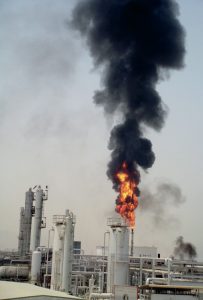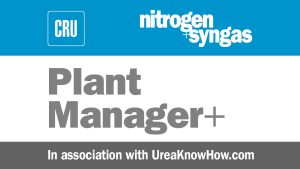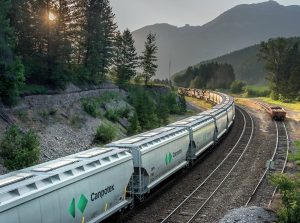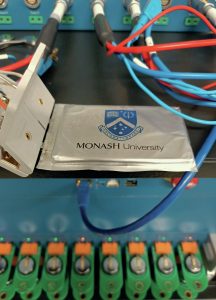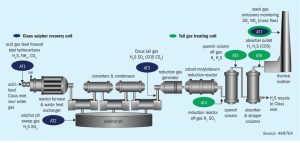
Making fertilizer plant construction safer
The fertilizer industry’s leading engineering, procurement and construction (EPC) companies, by setting zero incident safety goals, are making construction sites across world safer. In this article, we highlight the safety advantages of modular construction and digital approaches to safety at construction sites.

